INTRODUCTION

When the very first 2.5" SATA II (3Gb/s) consumer oriented solid state drives (SSDs) made their debut in the market roughly 15 years ago you'd be extremely lucky if you found a model surpassing 250MB/s in both reads and writes. The introduction of SATA III (6Gb/s) a few years later (first for 2.5" drives and later on for M.2) boosted that number to just over 450MB/s which compared to older mechanical drives was a rather significant improvement. In late 2015 we witnessed the introduction of the very first consumer oriented M.2 NVMe drives (PCIe 3.0 Gen3) which propelled read and write numbers to just over 2000MB/s thus producing up to 5 times higher performance compared to SATA III models. Later PCIe 3.0 Gen3 models easily surpassed 3000MB/s and the rest as they say is history. Today several PCIe 4.0 Gen4 M.2 NVMe SSDs can reach speeds of up to well over 7000MB/s and the brand new FX900 Pro model by HP (BIWIN) seems to be among them.
HP ranks annually among the world's most recognized and valuable brands. Fuelled by innovative research and distinctive marketing, the HP brand is famous as a world leader in personal computers, printers, and other IT products. Under an official worldwide license, HP personal storage (SSDs, DRAM, and memory cards) products are designed, built, marketed, and sold by BIWIN Storage Technology. All trademarks are property of the respective brand owners.
Just like many other PCIe 4.0 Gen4 M.2 NVMe SSDs in the market today the FX900 Pro line is also based on the Rainier IG5236 eight-channel NVMe v1.4 NAND flash controller by Innogrit which HP (BIWIN) has paired with DDR4L DRAM flash by Nanya (512MB/1GB/2GB/4GB for the 512GB/1TB/2TB/4TB models respectively) and 176-layer 3D TLC NAND flash by Micron. In terms of technologies the Innogrit Rainier IG5236 controller is fully packed with end-to-end data protection, LDPC (low-density parity check) error-correction with SRAM ECC, programmable RAID, smart cache, AES encryption, SHA, RSA, ONFI 4.1 and Toggle 4.0. HP (BIWIN) also uses a graphene thermal pad (reduces temperatures up to 18 degrees), covers the entire line with a 5-year limited warranty and reports an MTBF (meantime between failures) of 1 million hours together with endurance numbers of 300/600/1200/2400TBW for the 512GB/1TB/2TB/4TB models.
SPECIFICATIONS AND FEATURES

PACKAGING AND CONTENTS
HP (BIWIN) packs the FX900 Pro inside a small box that has a product picture at the front together with the company logo, drive capacity and its main features.
The drive specifications and system requirements are placed at the rear of the box next to a warranty text in 10 languages.
Inside the box you'll find the FX900 Pro, mounting screw and a quick start guide.
THE FX900 PRO 2TB
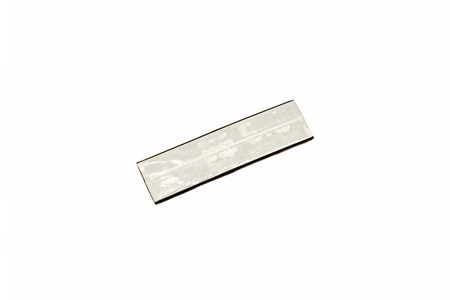
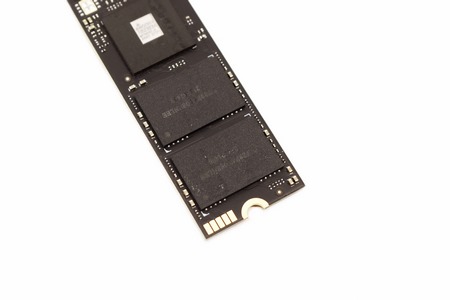
Turning the drive around we find a sticker with various details printed on it.
Underneath that sticker (this is just a plain sticker) we find another 1GB DDR4L SDRAM module by Nanya and two more Micron 176-layer 3D TLC NAND flash modules.
TEST BED
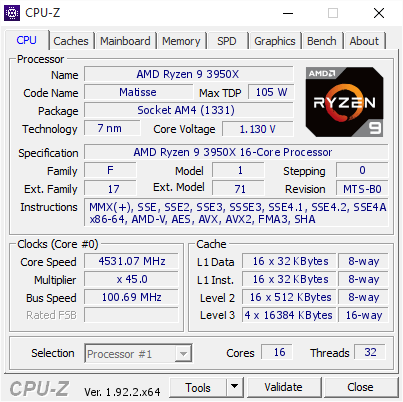

TESTING METHODOLOGY
Not long after I first started testing SSDs back in 2008, I concluded that it's almost impossible for any single benchmark suite to accurately measure their performance and that's why in certain benchmark suites we see amazing read/write performance numbers with some drives while in others things are quite different. The reason behind this is that some benchmarking suites are configured to read and write random chunks of data while others read and write constant (sequential) ones. So that's why i always use a very wide selection of benchmarking suites including AIDA64, HD Tach RW, HD Tune Pro, Crystal Disk Mark, Sisoftware Sandra Pro, AS SSD, IOmeter and ATTO. To get the most accurate results each test gets repeated a total of 6 times with the average performance numbers recorded into the charts*/****. Also, as of February 25th 2015 our results will also include the Storage Networking Industry Association’s (SNIA) IOMeter tests. These tests include a 12 Hour write test used to “simulate” performance degradation over time and a mixed workload test which basically shows what you can expect when using an SSD continuously for roughly two hours. Unfortunately, due to the time required for these tests they get repeated a total of 3 times and not 6 as the above.
Many people have made inquiries about our charts in the past so once again please do keep in mind that the Charts have the average performance numbers of each drive recorded and not the peak (highest) ones. Also, although every single one of these programs can help potential buyers choose the right drive for their needs you should also remember that from any kind of benchmark up to real world usage the gap is not small (and usually most differences will go unnoticed by most people). All tests were performed in a fresh Windows 10 Pro x64 installation complete with every update up to the date of this review.
* Since November 2018 the SSD comparison charts have been divided to 2.5” and M.2 models to reduce their growing size.
** Unless stated otherwise the Ryzen 9 3950x based Test Rig used for M.2 Gen 4 SSD reviews is not located in the lab.
*** As of January 2021 for Gen 3x4 models I’ll be using the Core i9-7980XE test rig (after numerous tests the up to 6% difference in read & write performance compared to the i7-6700 system simply wasn’t enough to justify having an extra test rig around).
**** Since February 2022 M.2 NVMe Gen3 and Gen4 SSD drives are placed in different charts.
TEST RESULTS - AIDA64 / ATTO


TEST RESULTS - HD TACH RW / HD TUNE PRO


TEST RESULTS - SISOFTWARE SANDRA PRO / CRYSTAL DISK MARK
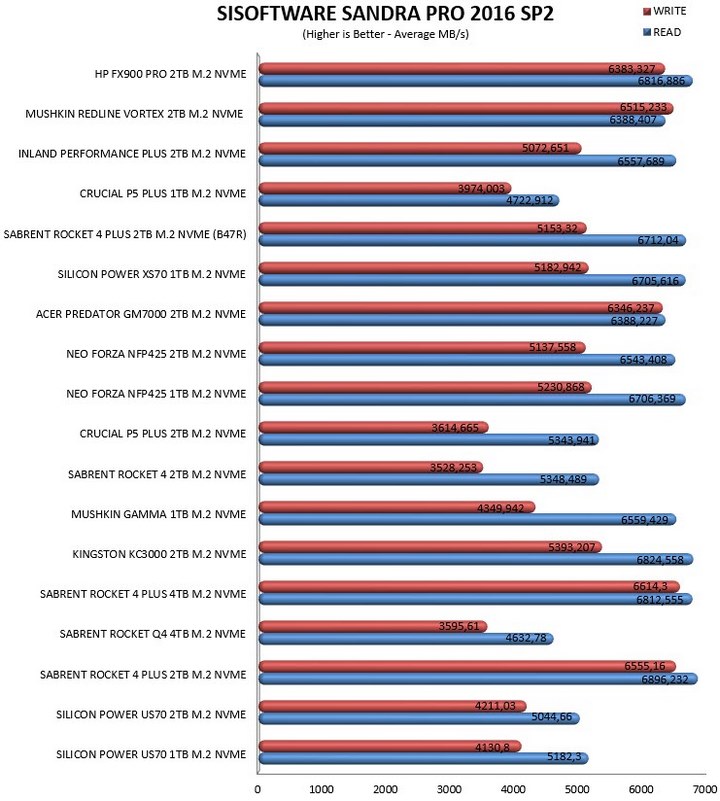

TEST RESULTS - AS SSD / IOMETER
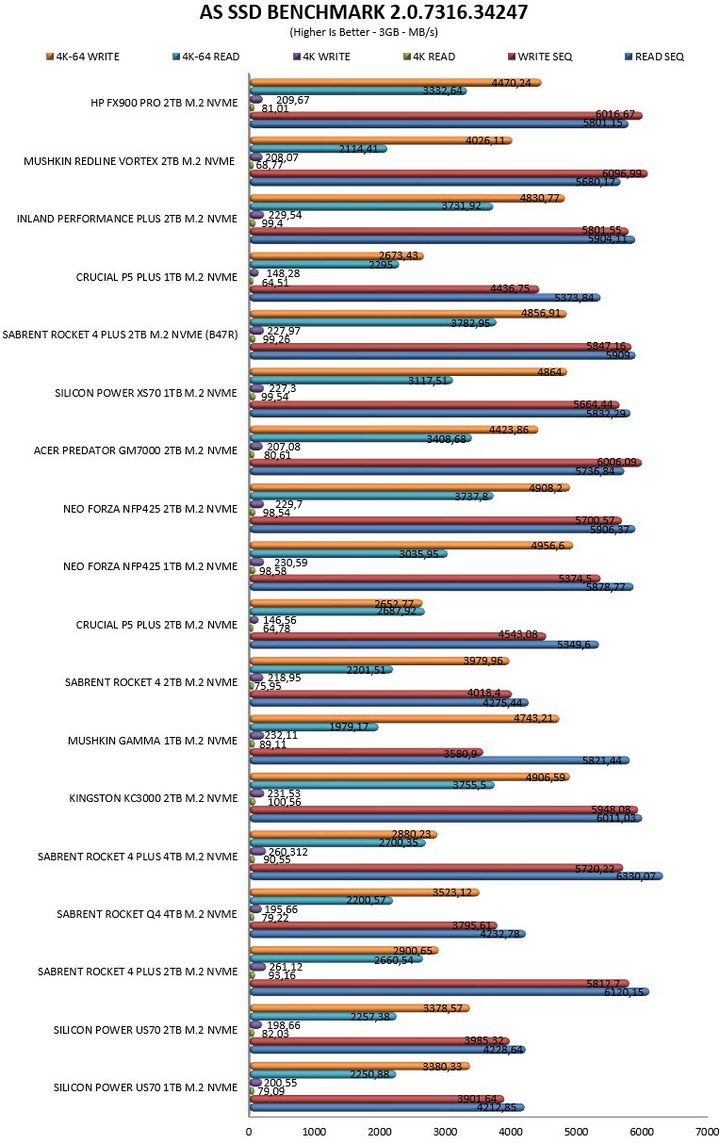
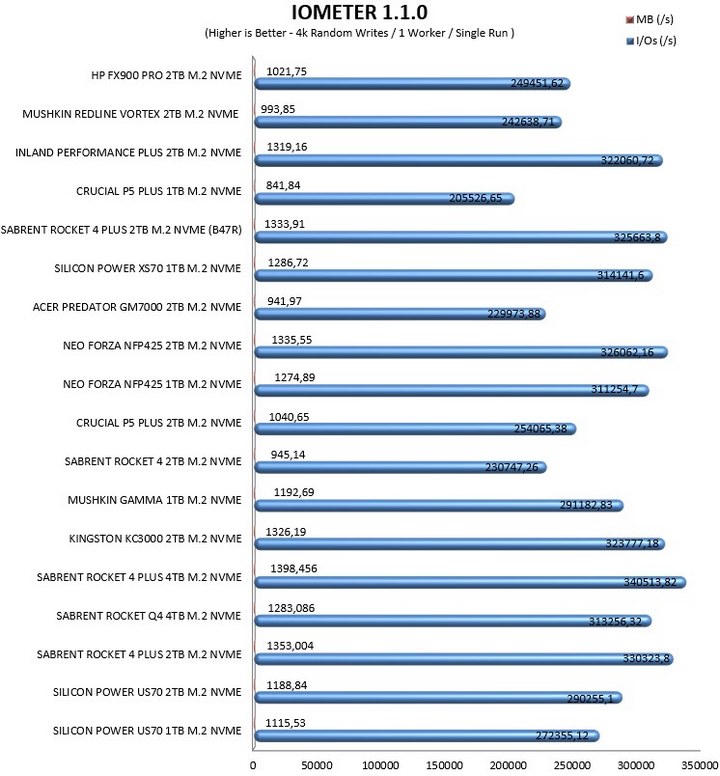
TEST RESULTS - IOMETER SNIA
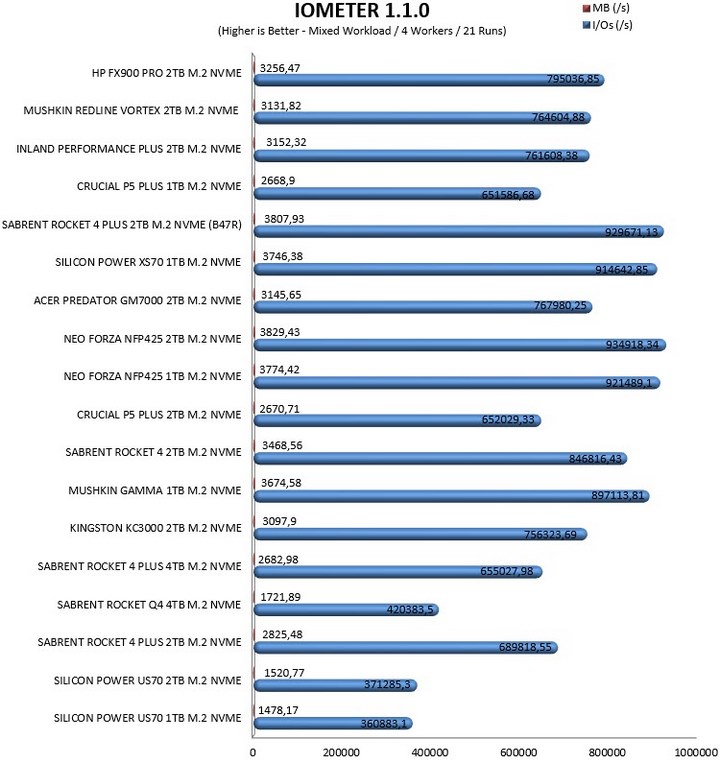
CONCLUSION
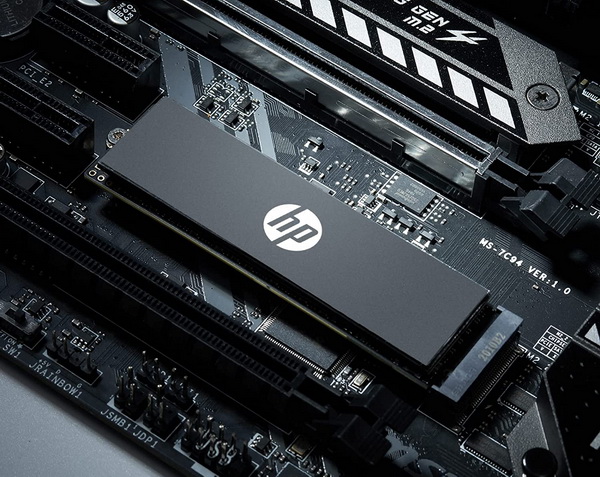
As expected, the FX900 Pro 2TB M.2 NVMe PCIe 4.0 Gen4 SSD by HP (BIWIN) trades blows, not only with models that feature the same NAND flash controller (Innogrit Rainer IG5236) but also models that feature the E18 controller by Phison. Overall, i doubt anyone would ever have an issue with the IG5236 controller by Innogrit, performance is top notch, packed technologies are on par with what the competition offers and the same applies with durability. The graphene laced pad is also a good addition, yes there was some thermal throttling during my 12-hour IOMeter SNIA test (so it clearly didn’t reduce temperatures by 18 full degrees Celsius – though BIWIN says up to) but clearly less compared to models both without any heatsink on them and those with copper/aluminum stickers (also I do hope that eventually manufacturers find a valid way to cool both sides of dual side M.2 SSDs – perhaps raise or relocate M.2 slots so we can have heatsinks on both sides?).
The FX900 Pro line of M.2 NVMe PCIe 4.0 Gen4 SSDs by HP (BIWIN) was released just before the turn of the year and the 2TB model currently retails for USD249.99 inside the USA (Amazon.com) and for around 230Euros inside the EU price which is very balanced. Unfortunately, availability inside the EU is limited at best but that aside the FX900 Pro 2TB is clearly one of the fastest SSDs available today and for that it gets the Golden Award.

PROS
- Excellent Performance Levels
- Endurance (1200TBW)
- 5 Year Limited Warranty
- Graphene Laced Foam Pad
- Price (For Some)
CONS
- Thermal Throttling (During SNIA Tests)
- EU Availability

 O-Sense
O-Sense





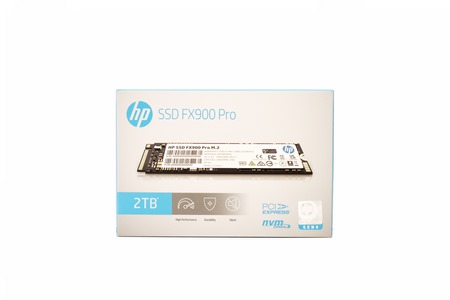
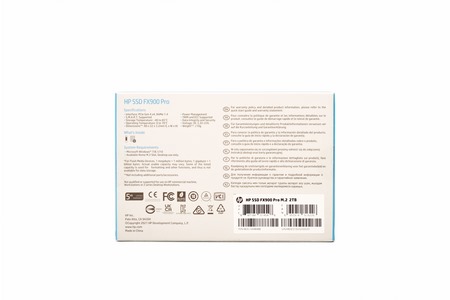
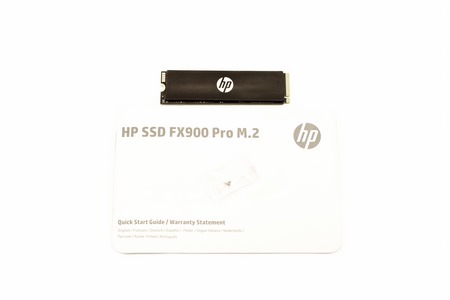
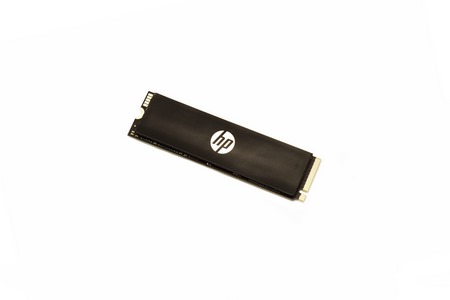
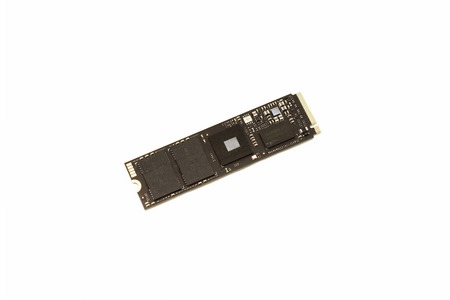
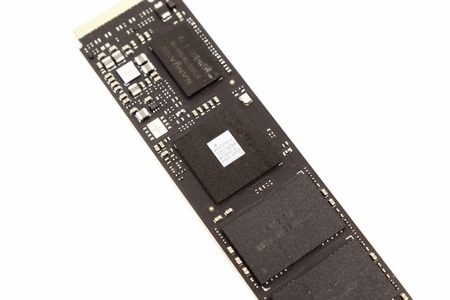
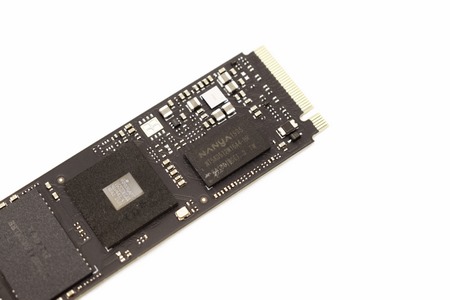
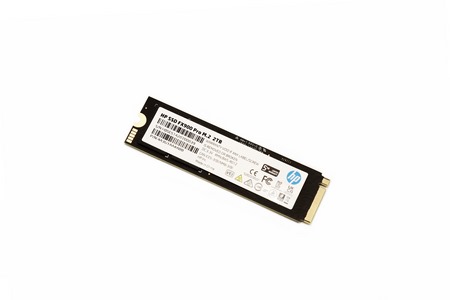
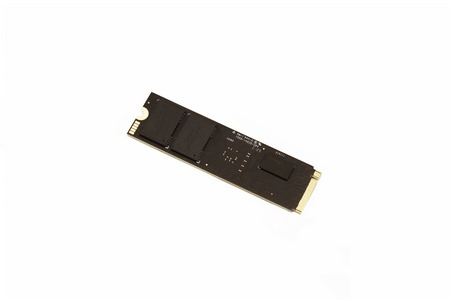
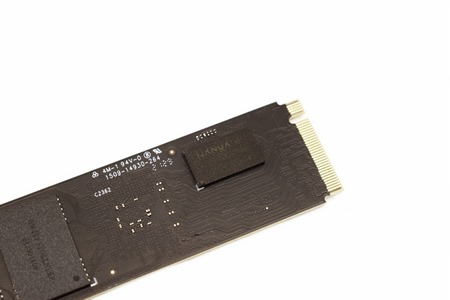
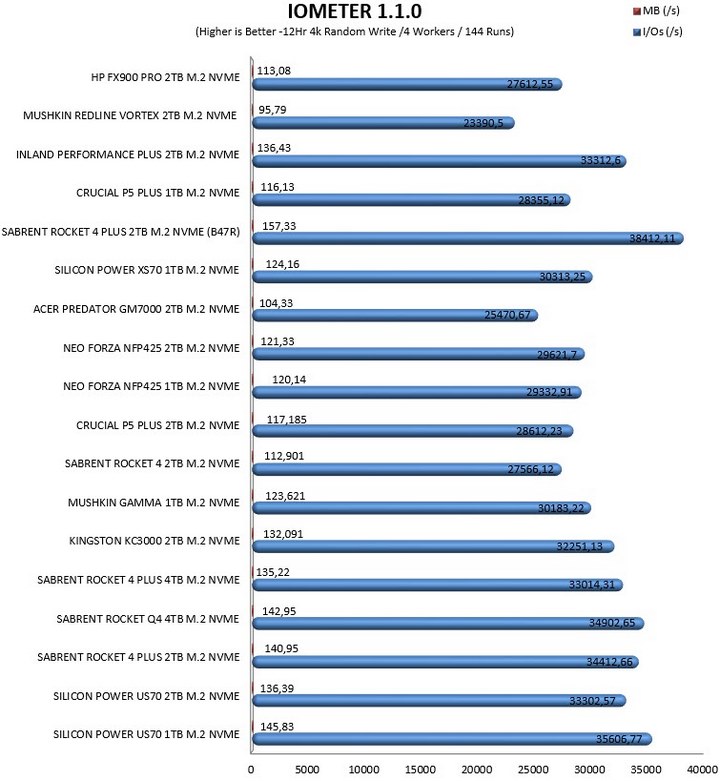
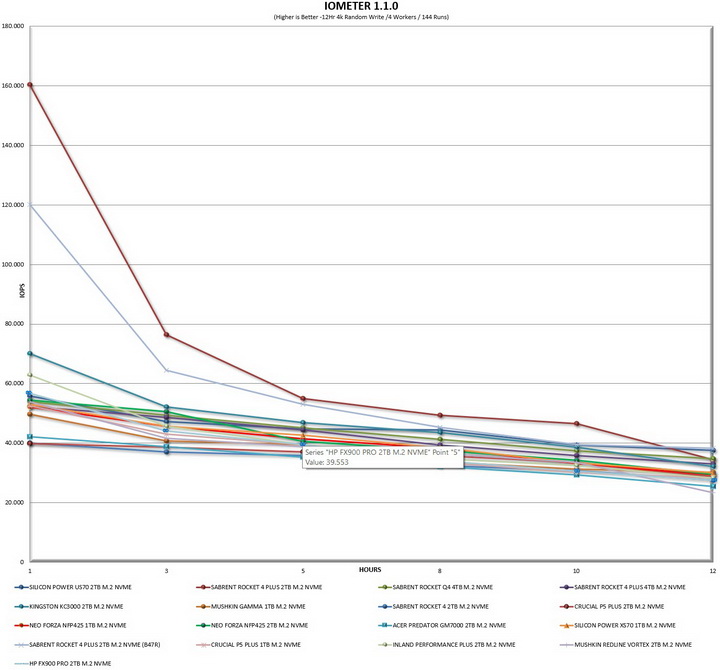


.png)

